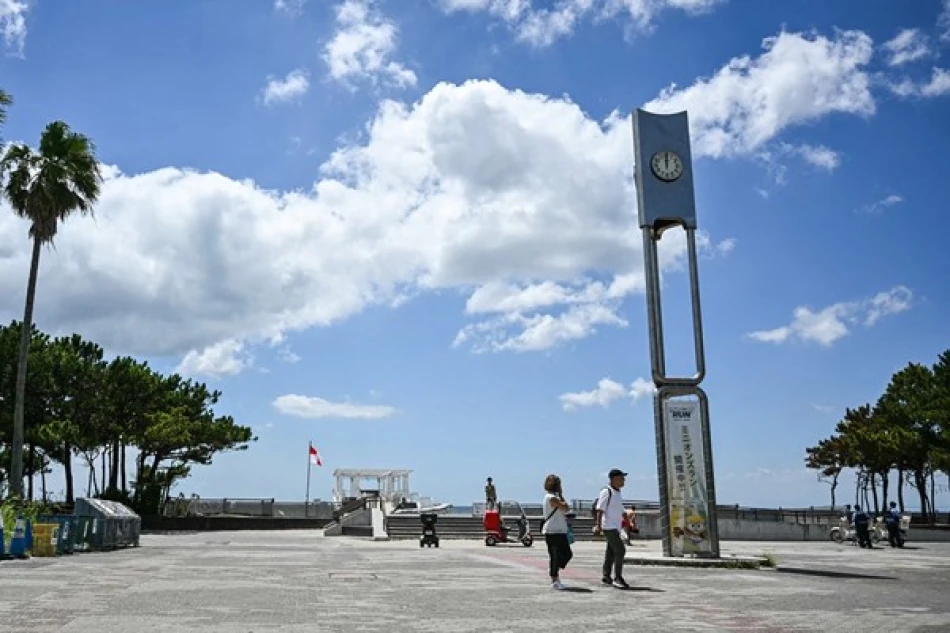
Japan Downgrades Tsunami Warning in Multiple Regions, Signaling Improved Safety
Japan Scales Back Tsunami Alert Following Russian Far East Earthquake
Japan's meteorological agency downgraded tsunami warnings across much of the country on Wednesday following a seismic event in Russia's far eastern region, though northern prefectures remain under heightened alert. The move reflects Japan's sophisticated early warning system responding to cross-border seismic activity that underscores the interconnected nature of Pacific Ring of Fire geological events.
Warning Levels Reduced Across Central and Southern Japan
The Japan Meteorological Agency announced via its official website that tsunami warnings have been downgraded to advisory levels across a significant stretch of the Japanese archipelago. The affected areas span from Ibaraki Prefecture in central Japan southward to Wakayama Prefecture, covering some of the country's most densely populated and economically vital coastal regions.
However, northern prefectures closer to the earthquake's epicenter in Russia's far east continue to operate under more serious tsunami warnings, suggesting the agency's assessment that these areas face the most immediate risk from potential wave activity.
Cross-Border Seismic Risks in the Pacific Ring of Fire
This incident highlights Japan's unique vulnerability to seismic events originating beyond its borders. The country's position along the Pacific Ring of Fire means earthquakes in neighboring Russia, particularly in the Kamchatka Peninsula and Kuril Islands region, can generate tsunamis that reach Japanese shores within hours.
Japan's early warning system, developed and refined following the devastating 2011 Tōhoku earthquake and tsunami, represents one of the world's most advanced seismic monitoring networks. The system's ability to quickly assess and adjust threat levels demonstrates the technological progress made in disaster preparedness over the past decade.
Economic and Social Implications of Alert Systems
The graduated response—maintaining higher alerts in northern regions while downgrading warnings elsewhere—reflects a more nuanced approach to emergency management that balances public safety with economic disruption. Tsunami warnings typically trigger evacuations, transportation shutdowns, and temporary closure of coastal facilities, creating significant economic costs even when waves ultimately prove minimal.
This measured approach suggests Japanese authorities have learned to calibrate their responses more precisely, potentially reducing unnecessary economic disruption while maintaining public safety as the paramount concern. The decision to maintain heightened alerts in northern prefectures while relaxing them elsewhere indicates confidence in the agency's ability to make regional risk assessments rather than applying blanket nationwide measures.
Most Viewed News

 Layla Al Mansoori
Layla Al Mansoori






